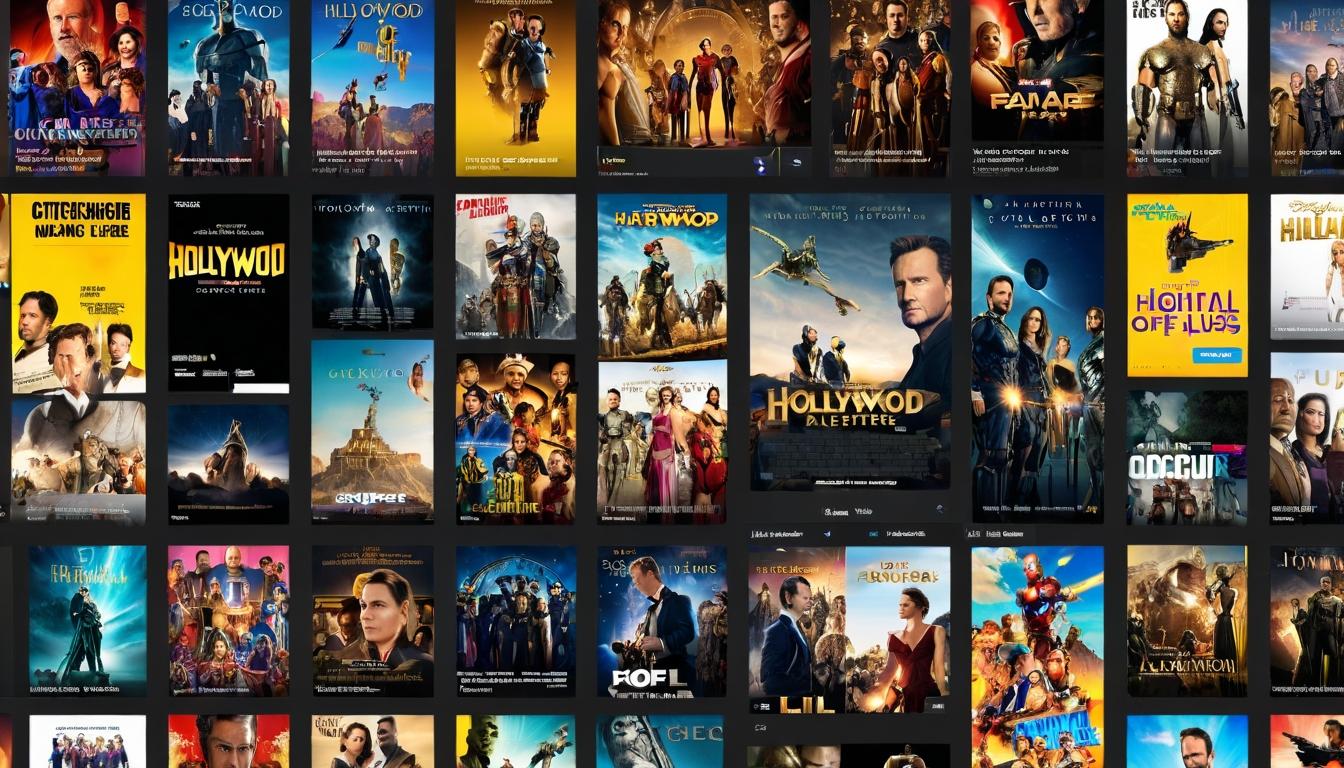In the dimly lit corridors of Hollywood accounting, there exists a peculiar phenomenon that defies conventional wisdom. Films that once stumbled at the box office, written off as financial failures, are experiencing remarkable resurrections in the streaming era. This isn't just about cult classics finding their audience years later—it's about a fundamental shift in how we measure cinematic success.
Take last year's "Midnight Riders," a neo-western that barely recouped its production budget during its theatrical run. Critics were divided, audiences seemed indifferent, and industry insiders marked it as another casualty in the risky business of original filmmaking. Yet six months later, it became the most-streamed movie on three major platforms simultaneously, generating more revenue through licensing deals than it ever did in theaters.
This pattern repeats across streaming services with surprising consistency. The very qualities that might have limited a film's theatrical appeal—quirky characters, unconventional pacing, niche subject matter—often become its greatest strengths in the streaming environment. When viewers can pause, rewind, and discuss scenes with friends, films that demand more engagement frequently find their perfect audience.
The data tells a compelling story. According to internal metrics from multiple streaming platforms, films that scored between 40-70% on Rotten Tomatoes—the so-called "divisive zone"—consistently outperform both critical darlings and outright failures in long-term engagement metrics. These are the movies that spark conversations, the ones people either passionately recommend or vehemently warn others about.
Industry veterans are taking notice. "We're witnessing the death of the opening weekend as the sole measure of success," says veteran producer Maria Chen, who has shepherded projects from theatrical releases to streaming phenomena. "The new metrics are completion rates, rewatch numbers, and social media discussion volume. A film that people watch multiple times and talk about for weeks is far more valuable than one that makes a big splash and disappears."
This shift has profound implications for filmmakers and studios alike. The pressure to create broadly appealing, opening-weekend-friendly content is giving way to a new appreciation for distinctive voices and specific visions. Directors who once had to fight for final cut are finding streaming services more willing to preserve their artistic integrity, knowing that what plays poorly in Peoria might resonate deeply in Portland.
Yet this new landscape creates its own paradoxes. Films are now being greenlit with streaming performance as the primary goal, creating a strange situation where a "box office failure" might be exactly what the studio hoped for all along. The financial calculus has become so complex that some analysts joke you need a PhD in economics just to understand whether a movie actually lost money.
For audiences, this represents both opportunity and challenge. The sheer volume of content means more choices than ever before, but also makes discovery more difficult. Algorithmic recommendations often create echo chambers, while the disappearance of the shared cultural experience of theatrical releases means we're increasingly watching different things in our separate digital bubbles.
The most successful streaming resurrections often share common characteristics. They tend to be visually distinctive, with strong atmospheric qualities that work well on smaller screens. They frequently feature complex characters who reveal themselves gradually rather than through explosive moments. And they often explore themes that benefit from reflection and discussion rather than immediate resolution.
Looking ahead, industry observers predict this trend will only accelerate. As streaming services compete for subscribers rather than ticket sales, the value of having a deep, diverse catalog increases. The film that barely made a ripple in theaters today might become the cornerstone of a streaming service's identity tomorrow.
What emerges from this new reality is a more nuanced understanding of what makes a film successful. The binary distinction between hit and flop is being replaced by a spectrum of success measures that account for different timeframes and platforms. In this evolving landscape, the true test of a film's worth isn't how it performs on opening weekend, but how long it continues to find audiences and spark conversations.
The implications extend beyond mere business metrics. This shift challenges our very definition of cinematic success, suggesting that a film's journey doesn't end when it leaves theaters—it might just be beginning. As the lines between theatrical and streaming continue to blur, we're learning that some stories need time to find their moment, and some audiences need the right context to discover them.
In the end, the streaming revolution isn't just changing how we watch movies—it's changing how we value them. The films that once gathered dust in studio vaults are finding new life, new audiences, and new purpose. They're reminding us that artistic merit and commercial success don't always align in predictable ways, and that sometimes the most enduring works are those that take the longest to find their footing.
The streaming paradox: why box office bombs find new life online

